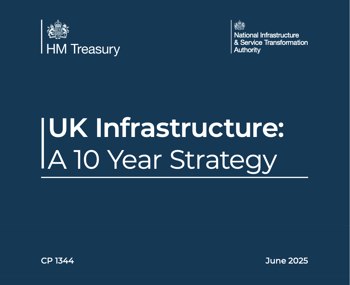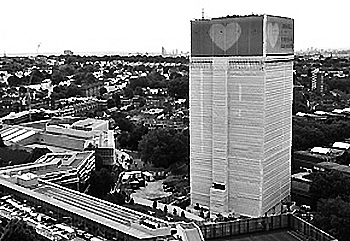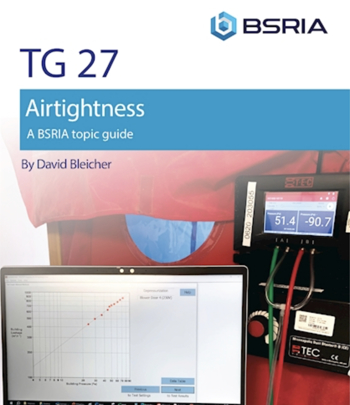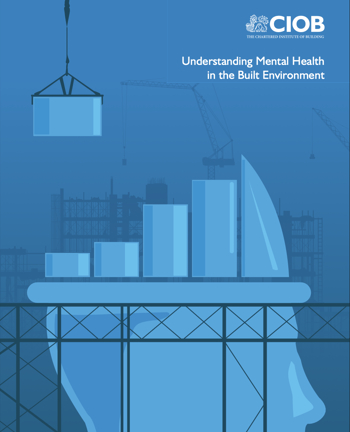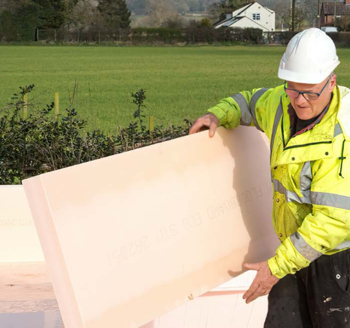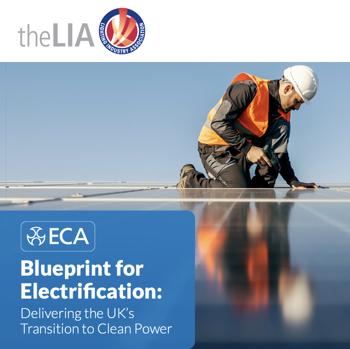BREEAM value increases while costs reduce
‘Putting a price on sustainability’, a report published in 2005, calculated that the additional capital costs for an air-conditioned building in order to achieve a BREEAM Excellent rating could be as much as 7%.
However, the 2014 BRE/Sweett Group report ‘Delivering Sustainable Buildings, Savings and Payback’ put the capital cost uplift for scoring an Excellent rated an air-conditioned office at around 0.9% (in a location with ‘good’ public transport links).
From 7% to as little as 0.9% in a decade is testament to the extent that BREEAM has driven the green building agenda. This has been achieved through:
- Building economies of scale that support innovation diffusion and the consequential fall in technology cost.
- Streamlining and integrating environmentally-sound production management processes and techniques.
- Developing green building design and management skills capacities throughout the design and construction sector.
- Increasing acceptance of the need to deliver and manage a sustainable built environment across a variety of stakeholders such as clients, financial managers and policy makers.
While most decisions in the construction sector are based on capital or direct life cycle costs, the wider financial and corporate benefits of sustainable buildings, which can far outweigh these, are not always considered.
However, this could be changing.
In 2012, Schneider Electric, BSRIA and BRE interviewed BREEAM users to determine the perceived benefits of sustainable buildings. Only 43% saw operational or lifecycle cost savings to be a benefit, whilst 77% saw the major value in increased market recognition or industry standing.
Next on the list in terms of benefits, were improved occupant satisfaction, a reduction in construction waste and more efficient use of materials. Research by law firm DLA Piper found that, of EU property clients surveyed, 97% considered certification important in attracting higher profile tenants that are willing to invest more in BREEAM rated assets.
In addition, 2014 saw one of Europe’s largest commercial property companies, Unibail-Rodamco, issue a €750m bond based on a portfolio of green buildings. To be included in the portfolio, buildings had to achieve or exceed a BREEAM ‘Very Good’ New Construction rating and at least a BREEAM in-Use ‘Very Good’ rating (within 3 years of opening). The bond was 3.4 times oversubscribed in under 2 hours and the price paid for the bonds by investors is saving Unibail-Rodamco over €500,000 a year in interest payments.
Furthermore, AXA Invest Managers-Real Assets have a policy that 75% of their real estate assets undergo an environmental assessment by 2030. Not only will this reduce operating costs, it will improve the long term value of their assets (to the benefit of both investors and tenants) and cement AXA’s place as industry leaders in sustainability.
This article originally appeared in BRE Buzz, published on 3 March 2016.
--BRE Buzz
[edit] Related articles on Designing Buildings
- Building Research Establishment.
- BRE Trust.
- BREEAM.
- BREEAM and CEEQUAL.
- BREEAM and retail.
- BREEAM In-Use International.
- Closing the gap between design and as-built performance.
- Code for Sustainable Homes.
- Common Minimum Standards.
- Floor insulation.
- Government Construction Strategy.
- Iran - market potential for BREEAM.
- Leadership in Energy and Environmental Design.
- National Planning Policy Framework.
- NHBC technical standards.
- Passivhaus.
- Performance in use.
- Roof insulation.
- Ska rating.
- Sustainability.
- Whole-life costs.
Featured articles and news
Welsh Skills Body (Medr) launches ambitious plan
The new skills body brings together funding and regulation of tertiary education and research for the devolved nation.
Paul Gandy FCIOB announced as next CIOB President
Former Tilbury Douglas CEO takes helm.
UK Infrastructure: A 10 Year Strategy. In brief with reactions
With the National Infrastructure and Service Transformation Authority (NISTA).
Ebenezer Howard: inventor of the garden city. Book review.
The Grenfell Tower fire, eight years on
A time to pause and reflect as Dubai tower block fire reported just before anniversary.
Airtightness Topic Guide BSRIA TG 27/2025
Explaining the basics of airtightness, what it is, why it's important, when it's required and how it's carried out.
Construction contract awards hit lowest point of 2025
Plummeting for second consecutive month, intensifying concerns for housing and infrastructure goals.
Understanding Mental Health in the Built Environment 2025
Examining the state of mental health in construction, shedding light on levels of stress, anxiety and depression.
The benefits of engaging with insulation manufacturers
When considering ground floor constructions.
Lighting Industry endorses Blueprint for Electrification
The Lighting Industry Association fully supports the ECA Blueprint as a timely, urgent call to action.
BSRIA Sentinel Clerk of Works Training Case Study
Strengthening expertise to enhance service delivery with integrated cutting-edge industry knowledge.
Impact report from the Supply Chain Sustainability School
Free sustainability skills, training and support delivered to thousands of UK companies to help cut carbon.
The Building Safety Forum at the Installershow 2025
With speakers confirmed for 24 June as part of Building Safety Week.
The UK’s largest air pollution campaign.
Future Homes Standard, now includes solar, but what else?
Will the new standard, due to in the Autumn, go far enough in terms of performance ?
BSRIA Briefing: Cleaner Air, Better tomorrow
A look back at issues relating to inside and outside air quality, discussed during the BSRIA briefing in 2023.
Restoring Abbotsford's hothouse
Bringing the writer Walter Scott's garden to life.
Reflections on the spending review with CIAT.









